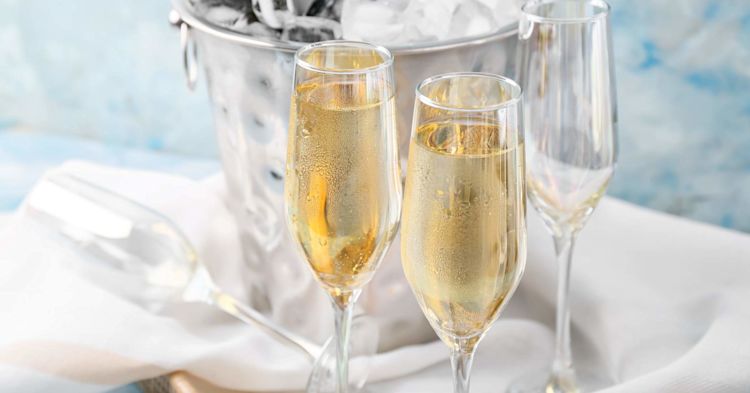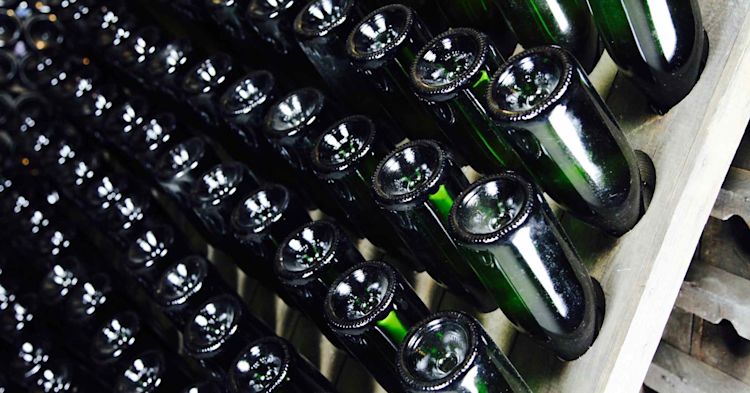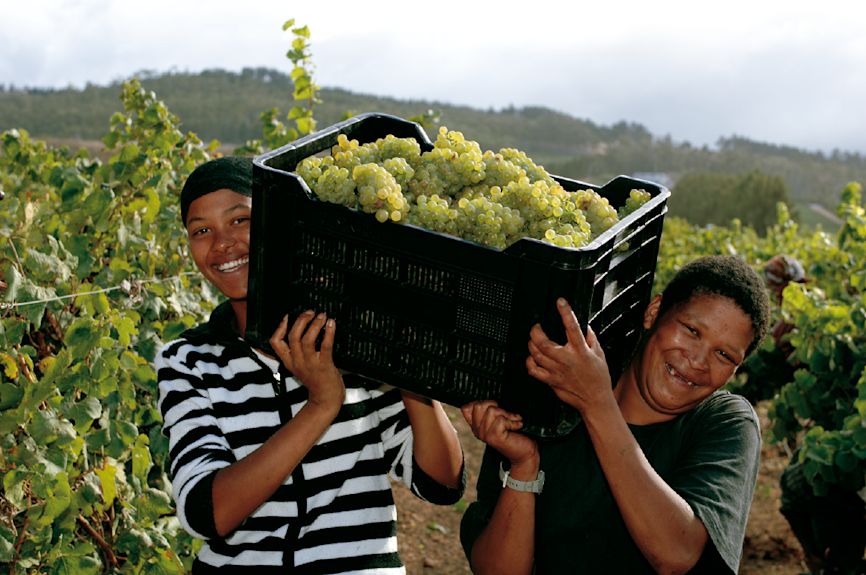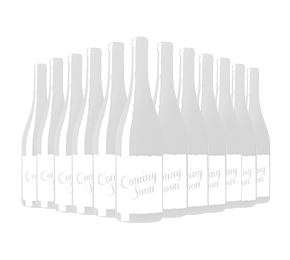Chat with Vinny
South African wines have shot to stardom in recent years, yet their fabulous sparklers are still criminally overlooked. Let’s change that today! Read on to find out why Cap Classique deserves to be popped open at your next big celebration.
Simply put, Cap Classique offers quality and value by the bucketload. It’s made using the same painstaking, quality-focused method that they use to make Champagne – yet what you pay per bottle is significantly less.
Why? It’s all about branding. Fizz lovers across the world could reel off glitzy Champagnes like Dom Perignon, Veuve Clicquot and Bollinger – prestige names associated with the highest levels of luxury. But there aren’t many of us that could name even one South African bottle of bubbly. Huge bonus points if you can!
As much of a shame as it is, the wines of Cap Classique simply don’t command the same level of esteem as Champagne … yet. But that makes South Africa an incredible destination for gorgeous, high-quality fizz that won’t break the bank. So, what exactly makes Cap Classique wines so good?
What is Cap Classique wine?
The one liner is that Cap Classique is South Africa’s signature sparkling wine. The name ‘Cap Classique’ was coined back in 1992, as winemakers wanted to announce loud and proud that they had arrived onto the sparkling wine scene – with a style and identity that’s separate from other bubblies of the world.
Fast forward a few decades and quality is massively on the up. Increasing numbers of talented winemakers are hopping on to the trend, driving up standards at every point of production. Grape selection, vineyard selection, proper care and attention in the winery … it all means we’re seeing a wellspring of delicious bottles becoming available to buy.

How are Cap Classique wines made?
Yes, we’re going to talk about Champagne again! But it’s hard not to draw comparisons when they’re made using the exact same technique.
It’s called méthode traditionnelle, or just the Traditional Method. This involves a secondary fermentation in bottle and ageing on lees for a minimum amount of time. This gives the wine its distinctive creamy, mousse-like bubbles. You also get lovely layers of complexity and notes toasted brioche alongside classic apple crispness.
Prestige cuvées are generally aged for at least three years, and winemakers are now finding that Cap Classique wines can age for an extended period. Perhaps even as long as the best Champagnes. Of course, you can’t have great wines without great grapes …

What grapes are Cap Classique wines made from?
There isn’t actually a law that dictates which grapes winemakers can use to make Cap Classique wines. But this doesn’t mean you’ll find all sorts of weird and whacky blends. Winemakers tend to stick to a select few grapes they know make great bubblies.
Originally, Cap Classique wines were usually made with Chenin Blanc – South Africa’s most widely planted variety. It was the most readily available grape when winemakers began their forays in the world of sparkling wine.
But more and more, growers are following in Champagne’s footsteps by using Chardonnay, Pinot Noir and Meunier. And like with Champagne, every producer puts their own particular spin on the style – so there’s a wealth of bottles out there that are well worth discovering.

What does Cap Classique taste like?
This is wholly dependent on which producer you buy from and which grapes they’ve used. From bone dry to slightly sweet, there’s a style to please all palates. Here’s a quick rundown of the main styles:
Chenin Blanc-led Cap Classique: some producers still stick to Cap Classique’s roots and make fine Chenin Blanc sparklers brimming with the grape’s signature honeyed apple crispness. It’s a fresher style that’s best enjoyed early after bottling.
Cap Classique made with the traditional Champagne grapes: these grapes are Chardonnay, Pinot Noir, and Meunier. Most Cap Classique wines are a blend of these grapes, giving Champagne-like flavours and aromas of citrus, orchard fruits with notes of toasted brioche. You can also find Cap Classique wines made with 100% Chardonnay (Blanc de Blanc) and 100% Pinot Noir (Blanc de Noir). The Blanc de Blanc wines have a brighter, more elegant palate with floral and white peach notes, while the Blanc de Noir wines are deeper and richer with subtle hints of red berry.
Cap Classique “Nectar”: this refers to a sweeter style of Cap Classique wine that has gained massive popularity in South Africa. These sparklers have a more luscious fruit profile, with notes of sweet apple crumble, creamy lemon and hints of sticky brioche.
Cap Classique Rosé: with the pale blush hue coming from the Pinot Noir grapes, you get appealing flavours of bright red cherry, plum and pomegranate balanced perfectly by richer honeyed notes and fresh baked bread.
How to enjoy Cap Classique wines & food pairings
Cap Classique wines are best served chilled between 6°C and 8°C. This ensures the wine’s refreshing bubbles and delicate flavours are preserved, allowing you to fully enjoy its crispness and complexity. Simply pop your bottle in the fridge for a few hours before serving, then serve from an ice bucket to keep the bottle at the right temperature.
A good glass of Cap Classique can be enjoyed on its own, but it works wonderfully with a range of food pairings. Try alongside richer, more flavourful dishes featuring chorizo, parma ham, and salmon – the bright acidity of Cap Classique really enhances these flavours. Seafood is also a great pairing, so enjoy a glass with baked clams or steamed mussels in garlic butter sauce.
Why choose Cap Classique over other sparkling wines?
Like all our wine choices, it all comes down to personal preference. But one of the great joys of wine is finding something new you’ve never tried before … and discovering its absolutely delicious. That’s what many wine lovers are finding now with Cap Classique.
The crucial difference is that South Africa’s star bubbly is still a relative newcomer to the sparkling scene, so doesn’t yet have the same reputation or perceived level of quality as other styles. The top Champagne houses in particular can command higher prices in line with the premium standing in the wine world.
What you’ll normally find is because demand for Cap Classique is lower, the quality-for-money factor is way better than with other fine sparkling wines. In short, fans of sparkling wine can find bargains aplenty by heading to South Africa.
Discover our range of Cap Classique wines today.

About the author
Ben Hutchings
Writing has always been Ben’s biggest passion. Then back in 2017, he became a copywriter for Laithwaites and discovered another great love … for wine. He immediately started learning all he could and is now qualified to WSET Level 3. But it was the stories behind the wines that really resonated with Ben, and he loves nothing more than sharing them with anyone who will listen. Top wine: crisp, dry, German Riesling.

